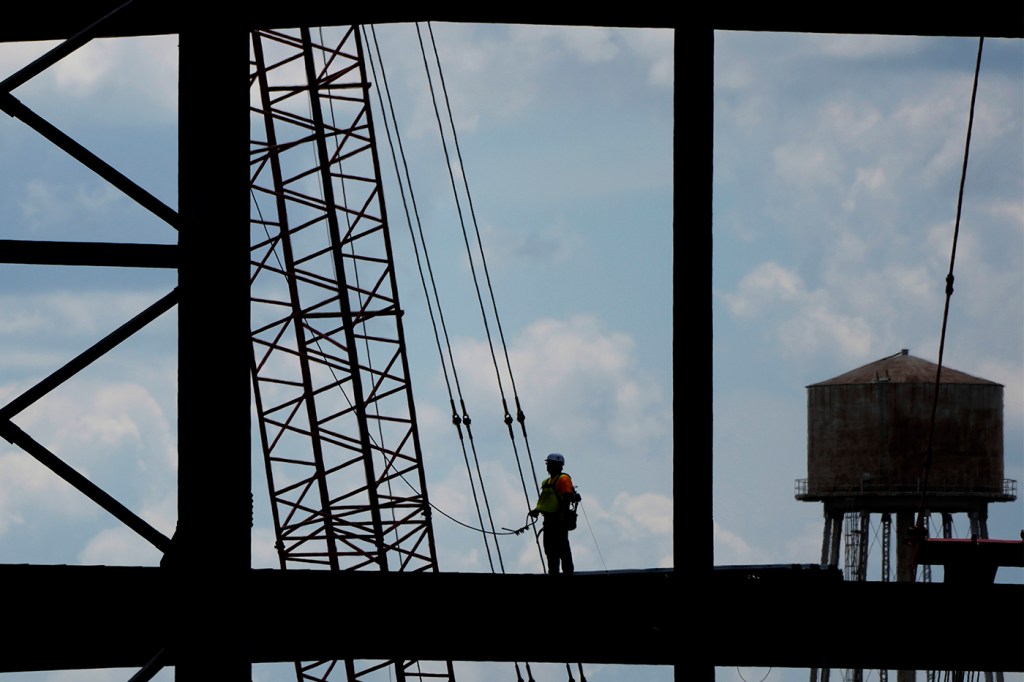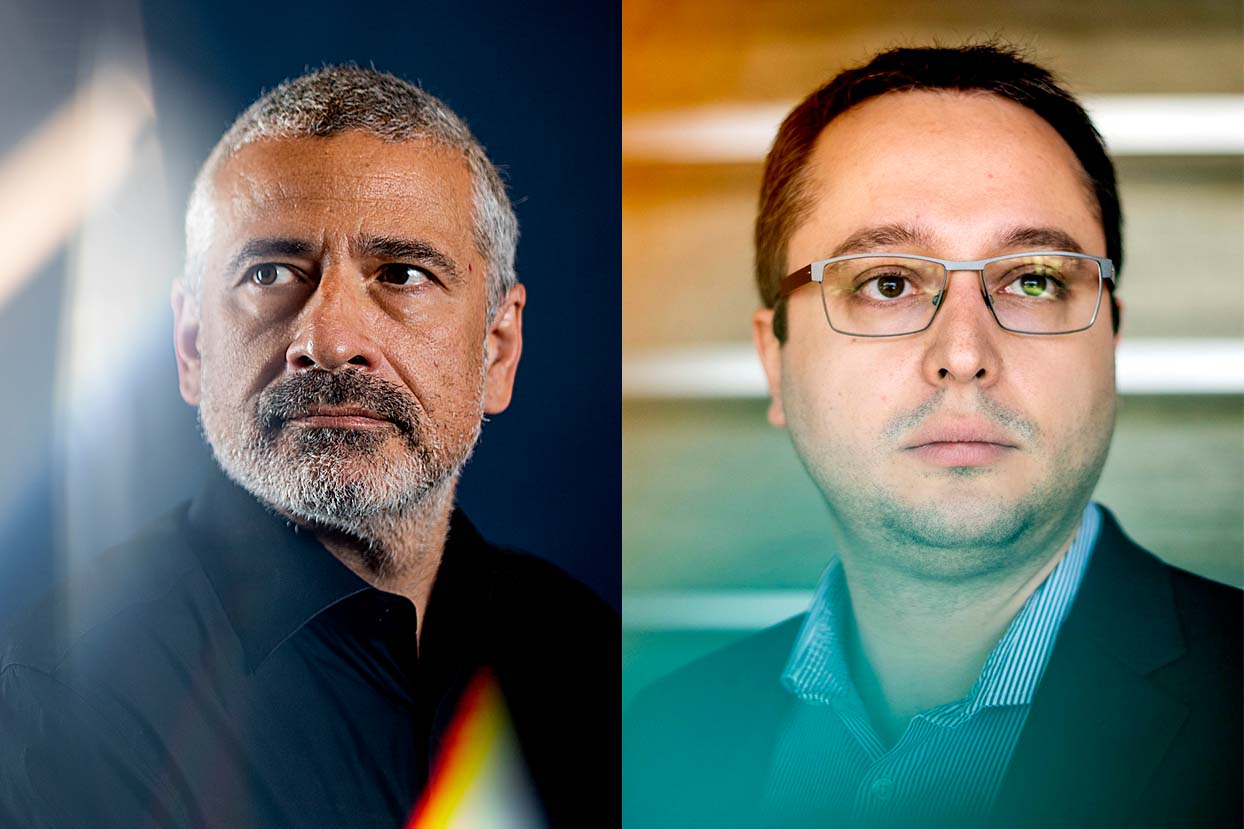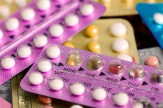What should stay open during the next pandemic? New model weighs protecting public health and the economy

The COVID-19 pandemic not only threatened the health of people around the world, but also exacted a significant toll on the global economy.
New groundbreaking research from Northeastern and international partners offers a model for weighing the tradeoffs between protecting public health and the economy during the next pandemic.
The research can be used by policymakers when deciding what industries should remain open and the timing of lockdowns.
“These findings could prove pivotal in tackling future pandemics,” says Alessandro Vespignani, the director of the Network Science Institute and Sternberg Family Distinguished Professor of Physics at Northeastern, and one of the co-authors of the Nature Human Behaviour article.
Vespignani calls the model “a dynamic resource for tailoring pandemic responses to changing fatality rates, transmission mechanisms, and unexplored interventions” that will allow “nuanced and targeted policy decisions to be made.”
“The idea is to really see what are the tradeoffs between different interventions and different actions when you look at the system as a whole — not only the health burden of an epidemic but also the economic burden of policy decisions and changes in human behaviors,” says Matteo Chinazzi, an epidemic modeling expert at Northeastern, who is also a co-author.
Among key findings, researchers say that shutting down non-customer-facing industries such as manufacturing and construction hurt the economy more than public health benefits gained in terms of death rates.

They also found that both strict lockdowns and spontaneous behavioral changes due to fear of infection led to more unemployment and fewer COVID-19 fatalities.
For low-income workers, higher fear of infection and stricter closures led to more lives saved, but also more jobs lost when compared to higher-income workers.
Researchers also found that starting restrictions early rather than relying on voluntary behavioral changes lessens both death and unemployment rates by preventing an epidemic wave.
And they say that behavioral changes across the age range, not only among older people more susceptible to COVID-19, do better at enhancing epidemic and economic outcomes.
“If there’s a rapid increase in death counts in your metropolitan area, you might decide to reduce your contacts” due to fear of infection, says Chinazzi, a research associate professor at Northeastern’s Roux Institute and core faculty at the university’s Network Science Institute.
“But by the time the death is reported, maybe three to four weeks have passed since the original infection,” he says.
“So whenever the process relies only on fear of infection, it’s always lagging behind, while with intervention you can use other models about the projected path” of the disease to get out in front of death rates, Chinazzi says.
Mandated interventions “can be implemented as soon as needed for highest effectiveness,” Vespignani says.
Not all the economic shocks were necessary, according to the model.
For instance, closing non-customer-facing jobs in construction and manufacturing only marginally reduces the overall number of infections, Chinazzi says. But it produces “a huge downside on the economic side.”
Participating in the research paper, “The Unequal Effects of the Health-Economy Tradeoff During the the COVID-19 Pandemic,” was a cross-disciplinary team of economists, epidemiologists, physicists, computer scientists and applied mathematicians from the CENTAI Institute in Italy, Oxford in England and MIT, among other institutions.
“The model gauges key policy outcomes against health and economic data, equipping policymakers to make informed decisions during crises,” Vespignani says, adding that it creates “a tool that can finally analyze health-economy outcomes at the very fine granularity of single city boroughs.”
Researchers looked at census and mobility data as well as contact networks and disease transmission models to develop the modeling study, which was calibrated on the first wave of the COVID-19 pandemic in the metropolitan New York area.
The model simulates epidemic and economic outcomes across geographies, industries, occupations and income levels. Researchers say they tested it against actual outcomes, including death rates in New York, to validate its findings.
“The value of having these kinds of models is they allow you to really work with numbers and understand what could be the most effective policy,” Chinazzi says.
“You can start asking questions, such as, what is the actual tradeoff of closing certain economic activities and the kind of impact these interventions are going to have both from an economic and health point of view,” Chinazzi says. “One size does not fit all.”
Cynthia McCormick Hibbert is a Northeastern Global News reporter. Email her at c.hibbert@northeastern.edu or contact her on X/Twitter @HibbertCynthia.





